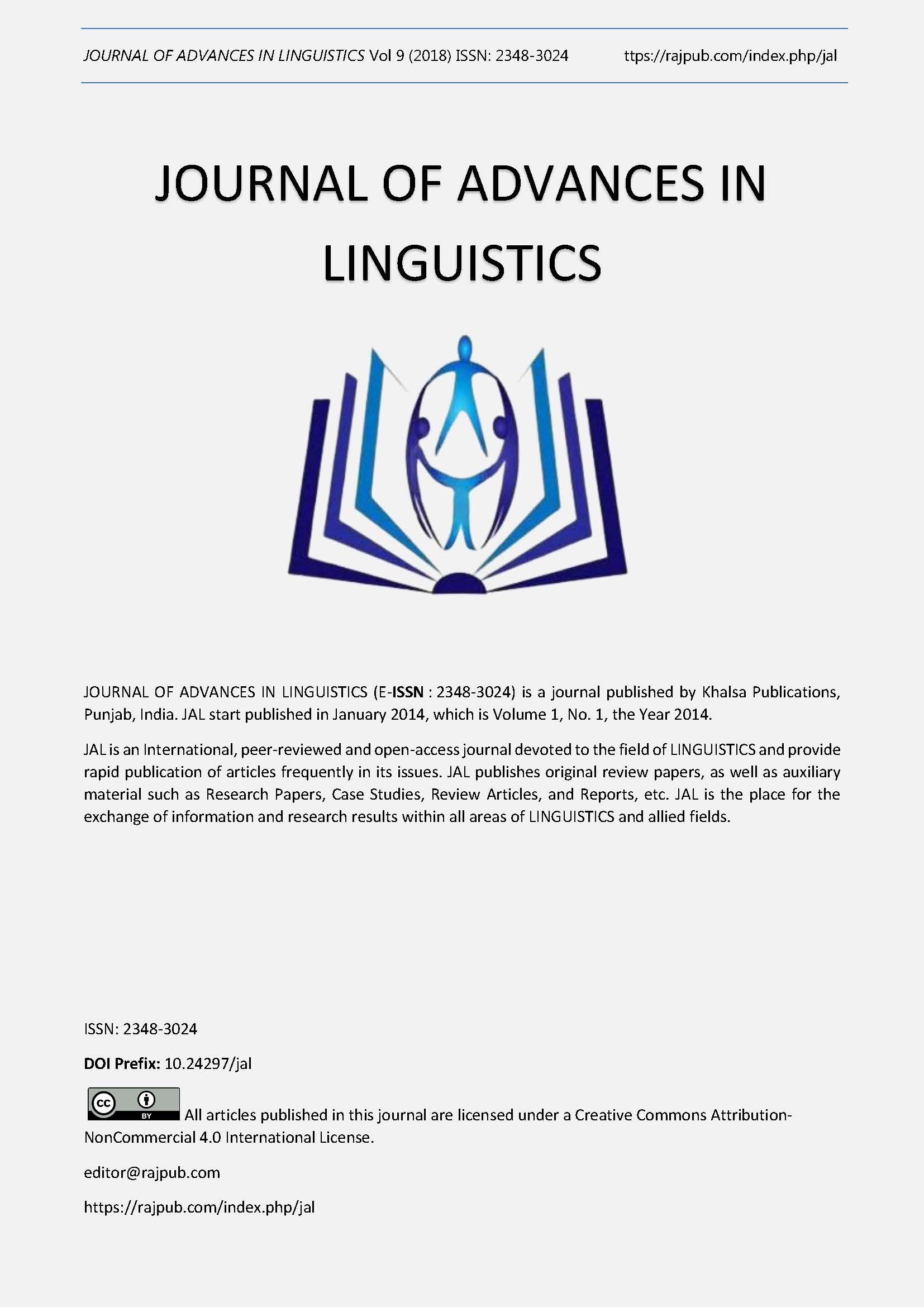A Linguistic History of Iraqi Arabic (Mesopotamian Arabic)
DOI:
https://doi.org/10.24297/jal.v9i0.7391Keywords:
Mesopotamian Arabic, Iraqi Arabic, head movement, passive, , MSA, syntax,, agreement, voicingAbstract
The objective of this work is to investigate the linguistic structure of Iraqi Arabic or what is known as Mesopotamian Arabic. The paper presents an overview of some of the fundamental analyses of Iraqi Arabic - Mesopotamian Arabic. This article is concentrated on the most important parts of the language which are the phonological, morphological, and syntactical features. The paper not only examines the linguistic feature of Iraqi Arabic but it also, discusses how Iraqi Arabic dialect is different from Modern Standard Arabic with data that are not considered before and with certain new theoretical proposals. The researcher analysis the three dialects, which are Baghdadi, Southern, and Maslawi dialect and provides an important data for each dialect. Unlike Modern Standard Arabic, Iraqi Arabic went through many changes. Phonologically, Iraqi Arabic has more consonants than Modern Standard Arabic, and a few additional long vowels. Many sounds have been replaced with different sounds. In addition, the words in Iraqi Arabic does not end with vowels. Therefore, words end with consonants rather than vowels in Iraqi Arabic. Morphologically, Iraqi Arabic is different from Modern Standard Arabic in the present progressive tense. In Iraqi Arabic, the tenses are formed by adding a prefix to the conjugated stem of the verb, which cannot be found in Modern Standard Arabic. Syntactically, Iraqi Arabic differs from Modern Standard Arabic in two ways: first, there is no case marking; Iraqi Arabic does not show overt cases as it is found in Modern Standard Arabic. Second, Iraqi Arabic lacks agreement. Iraqi Arabic does not always follow the structure of verb-subject order as found in Modern Standard Arabic. The verb usually has full agreement with the subject in both orders, subject-verb, and verb-subject. Finally, Iraqi Arabic has an interesting feature which is head movement that cannot be found in Modern Standard Arabic as Soltan argues. This is can be shown in the following example: [The student seems that ____ he read the book.] Among the other issues that the author discusses in this study is the history of Iraqi Arabic. In addition to the features of Iraqi Arabic and the effects of other languages, such as Turkish and Semitic languages on Iraqi dialects.
Downloads
Downloads
Published
How to Cite
Issue
Section
License
 All articles published in Journal of Advances in Linguistics are licensed under a Creative Commons Attribution 4.0 International License.
All articles published in Journal of Advances in Linguistics are licensed under a Creative Commons Attribution 4.0 International License.




